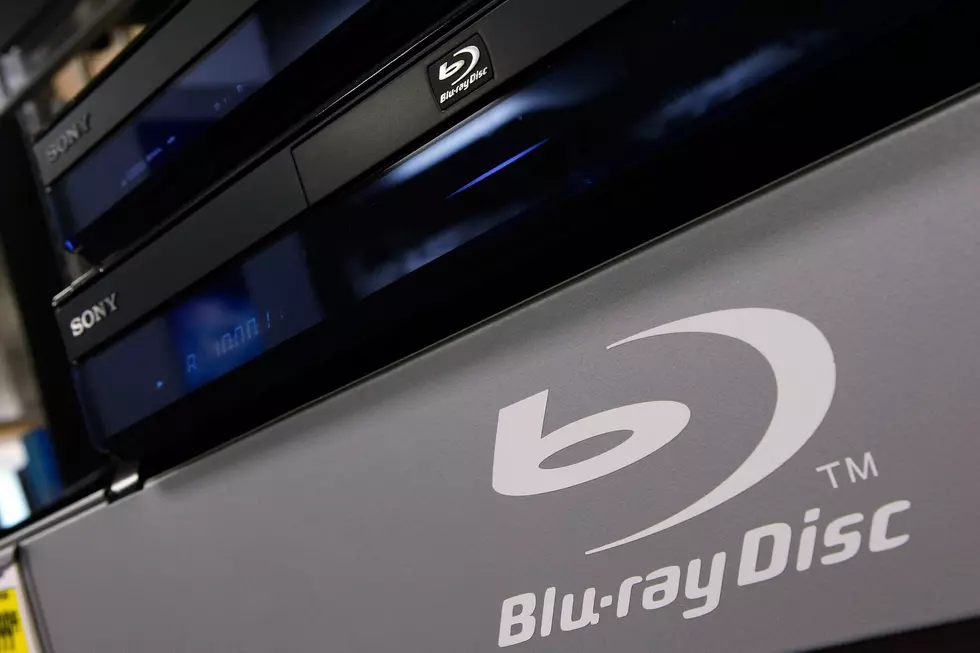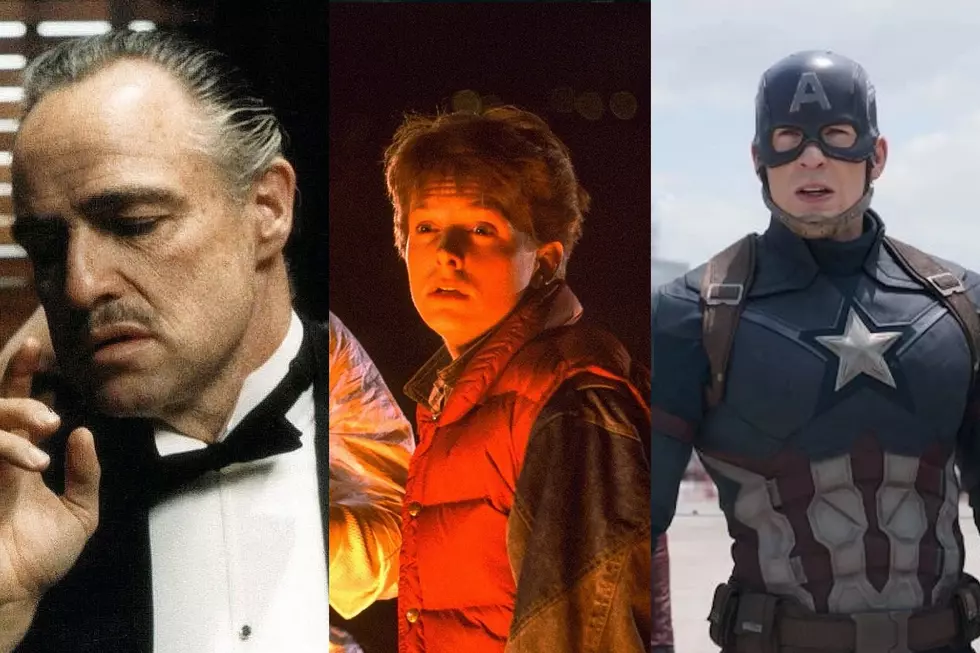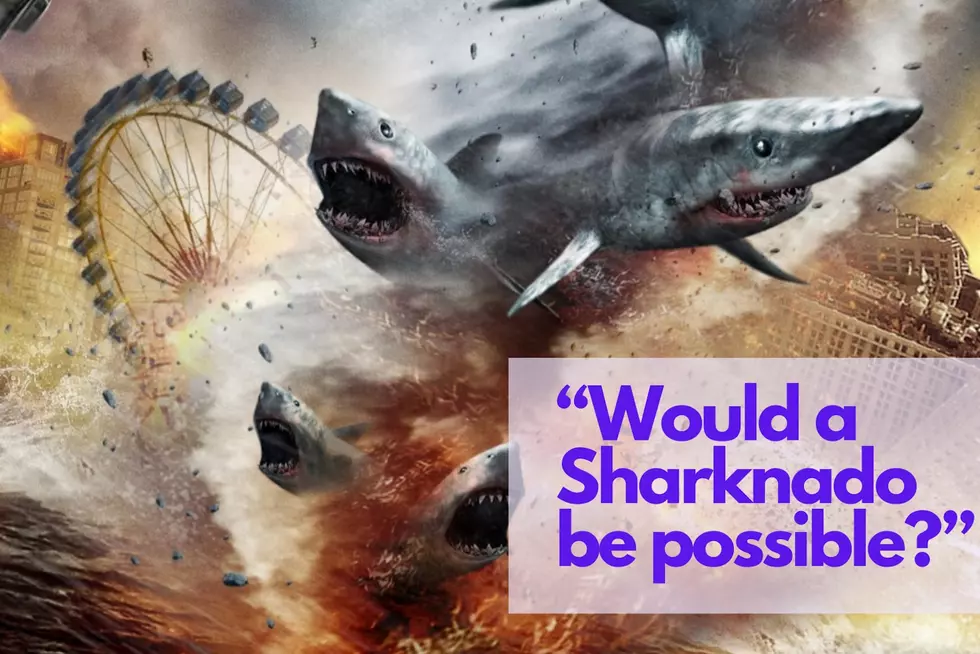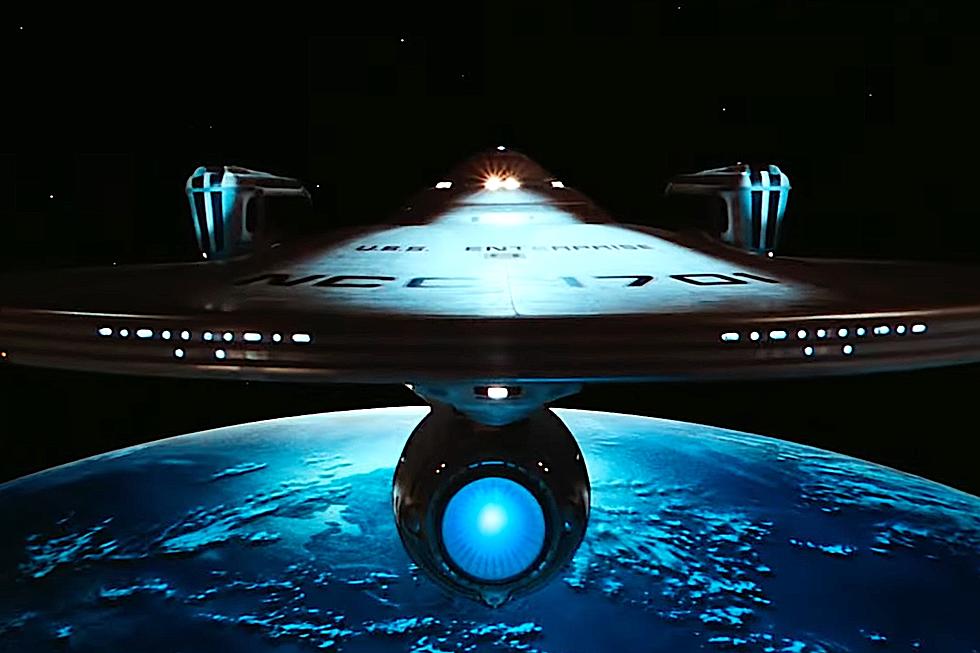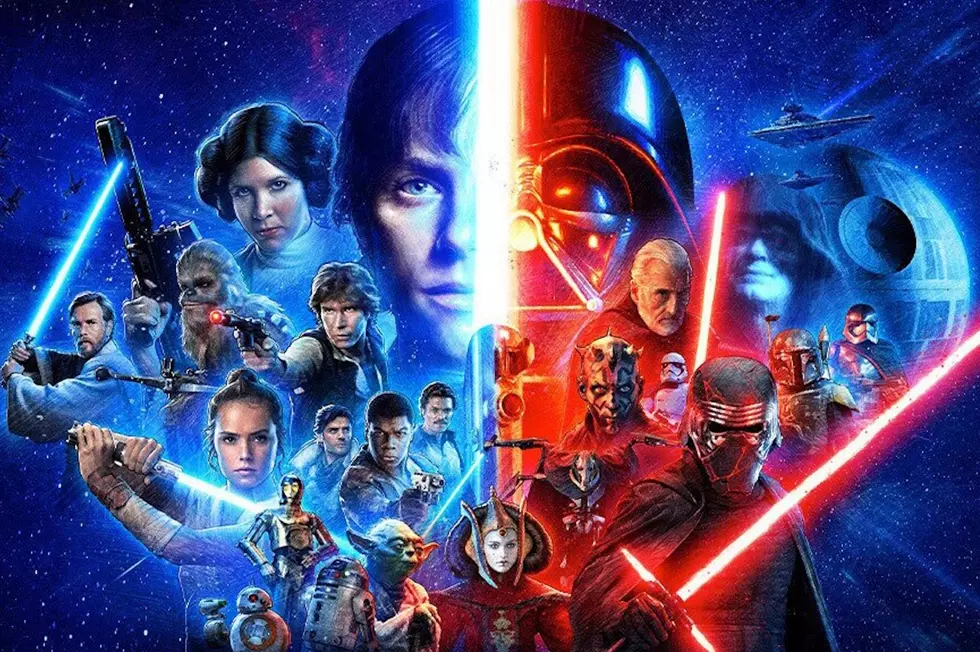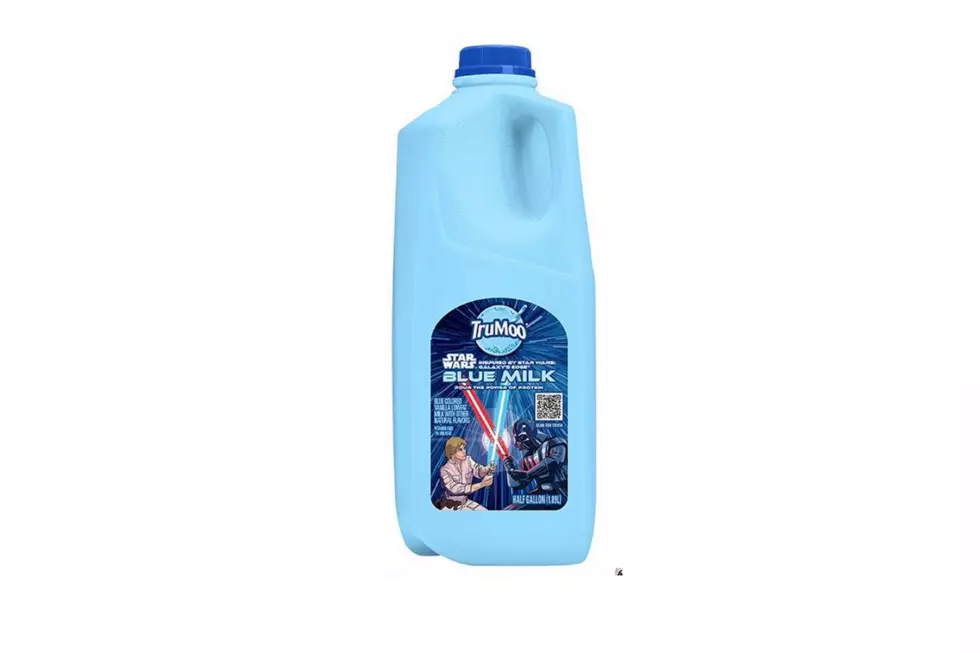
The True Genius of ‘Star Wars: The Force Awakens’
There was a lot of paranoia about spoilers in the days and weeks (and months [and years]) leading up to the release of Star Wars: The Force Awakens. Trailers gave almost no indication of a plot beyond the presence of a) stars and b) wars. The official poster didn’t include a picture of Mark Hamill as Luke Skywalker for fear of revealing his fate. Even the movie’s press screenings were delayed until the last possible moment to keep the lid on J.J. Abrams’ latest mystery box for as long as humanly possible.
In hindsight, all of that was a colossal waste of time.
I mean, sure, there were a few aspects of The Force Awakens that could be “spoiled.” To a certain extent, the specifics of Luke, Han Solo, and Princess Leia’s activities and destinies count as spoilers. But even the shocks in the latest Star Wars weren’t particularly shocking. In fact, The Force Awakens was designed to be anything but surprising. The main feeling evoked by the film wasn’t astonishment. It was an overwhelming sense of familiarity.
There is barely a character, scene, plot point, or line of dialogue in The Force Awakens that doesn’t deliberately evoke one from the original Star Wars. The series’ new hero Rey (Daisy Ridley) is an orphan living on a remote desert planet just like Luke Skywalker in the early scenes of A New Hope. He was thrown into the middle of a galactic civil war when he found R2-D2, a droid containing all-important information for the Rebel Alliance; the same thing happens to Rey when she finds BB-8. The new droid unites Rey and Finn (John Boyega), who is sick of war and just wants to be left alone; a scenario with more than a few shades of R2 leading Luke to smuggler-turned-galactic-savior Han Solo (Harrison Ford) — who shows up in Abrams’ film to assume the role of the aging mentor figure originally held by Obi-Wan Kenobi. When Han (SPOILER ALERT FOR LITERALLY THE BIGGEST MOVIE IN THE HISTORY OF CINEMA) dies at the hands of Kylo Ren (Adam Driver), the scene bears an unmistakable resemblance to the one in the original Star Wars when Darth Vader kills Obi-Wan.
These choices were not accidental. In an interview with The Hollywood Reporter, Abrams explained that “it was obviously a wildly intentional thing that [The Force Awakens] go backwards, in some ways, to go forwards in the important ways.” As a result, the film stands in stark contrast with Star Wars creator George Lucas’ previous attempts to sequelize his hugely popular franchise with The Phantom Menace, Attack of the Clones, and Revenge of the Sith. Lucas went backwards too — in the story’s timeline, to reveal the origins of the Rebel Alliance and the Empire. But even while delivering Jedis and lightsabers and space battles galore, Lucas also pushed his series in new directions. Rather than ape the aesthetic of the original films, he and his designers created dozens of new ships and worlds and creatures, and populated them with cutting-edge digital effects. And he doubled down on the franchise’s politics, telling a tale heavy with legislative intrigue, public relations battles, and metaphors about American intervention overseas.
You can say the CGI effects weren’t quite up to snuff. You can say the movie’s subtext didn’t quite make sense. You can say a story about magic space cops who use laser swords to fight evil wizards is maybe not the best backdrop for a lecture about the proper taxation of trade routes. But you can’t say that Lucas didn’t at least try to do something different with the Star Wars prequels.
By Abrams’ own admission, he took the opposite tack with The Force Awakens. He didn’t trot out a ton of new ideas. At best he updated old ones, adding some much needed youth and diversity to the cast. Otherwise, the new Star Wars is basically the old Star Wars. Unlike the prequels, The Force Awakens doesn’t feature a ton of new designs or overt political allegories. Jakku looks just like Tatooine. Rey and Finn fly the Millennium Falcon, after Finn and Poe Dameron escape from the First Order in a TIE fighter (and before Poe Dameron leads a squadron of X-wing fighters in an assault on the Starkiller Base — aka the Death Star 3.0).
If you point out these similarities to Star Wars fans — and particularly if you complain about them — they tend to get annoyed. The typical response to any sort of Force Awakens criticism on the grounds that it’s a blatant rehash of A New Hope goes something like this.
You don’t get it. That’s Star Wars. The movies are cyclical. Events from one movie recur in the next.
Ironically, while many Star Wars fans hate George Lucas, this is another idea that originates with him. As Lucas explains in the behind-the-scenes video below, he conceived the prequels to “rhyme” with the original trilogy in various ways.
That’s essentially the same argument The Force Awakens supporters make in defense of Abrams’ work. It feels like something you’ve seen before on purpose, because Star Wars is supposed to feel like something you’ve seen before. It’s not a ripoff. It’s a rhyme!
As a debate strategy this drives me crazy, because it basically makes the movie bulletproof; it’s the rhetorical equivalent of throwing down a Get Out of Jail Free card. As a filmmaking style, it’s not my favorite either. But as a cinematic business model, this is undeniably brilliant. This is the true genius of The Force Awakens, and really all of Star Wars under the new Disney regime — the way the franchises’ new caretakers have made unoriginality into a valuable, desirable commodity.
People constantly bemoan the lack of new ideas in Hollywood. Every summer they grumble about the number of sequels; they hold up each new reboot or remake as proof of the American film industry’s creative bankruptcy. When Pixar makes Cars 3 instead of creating a new concept from the ground up, they’re called on the carpet by the Hot Take Police and accused of turning their back on the values that made them an entertainment juggernaut. In almost every situation, calling a movie unoriginal is the worst thing you can say about it.
Not Star Wars. Somehow, calling Star Wars unoriginal is actually a compliment. A Star Wars movie that shamelessly retreads the same territory is vastly preferred to a Star Wars movie that charges into uncharted waters. Based on $1.7 billion in evidence (and counting), viewers want A New Hope, not new ideas.
To be fair, the first Star Wars wasn’t exactly the most novel cinematic concept ever devised. It was a bit of a retread itself; Joseph Campbell, Akira Kurosawa, Saturday morning serials, pulp magazines, and even a bit of George Lucas’ own American Graffiti all tossed together. Being derivative was coded right into the property’s DNA (or midi-chlorians). From the very start, recycling was a part of the Star Wars formula — and not just in the scenes involving the Death Star trash compactor.
More and more, it seems like that familiar formula is key to the movie’s record-destroying box office success. What else explains The Force Awakens’ incredible grosses? As my own (clearly non-scientific, and slightly messed up because I was so tired because I have a new baby and haven’t slept in three weeks) Twitter poll suggests, fans aren’t just going to see it once. Less than a month into its release, a ton of folks have already seen it two or more times.
These results, and all that cash flowing into Disney’s bank accounts, has me wondering whether originality is overrated. Moviegoers claim they want new things, but all the biggest hits are the recognizable properties and brands. The Force Awakens trailers didn’t sell the force awakening (people are still debating what the title means); they sold the vibe and iconography of Star Wars. Here’s Han Solo and Chewbacca! Here’s the Millennium Falcon in a dogfight with TIE fighters! Here’s a dark-cloaked figure with a red lightsaber! Here’s everything you loved about the first Star Wars and nothing else!
Something can only be original once; that rush of the new can never be recaptured again. But something pleasurably unoriginal can be enjoyed over and over. There’s a reason people return to a favorite restaurant over and over, instead of venturing out to try a new place. They want to eat their favorite dishes. A good recipe never goes out of style.
That’s what Disney is selling with Star Wars; the thing that will give you exactly what you expect, the movie version of everyone’s favorite dish. By following George Lucas’ recipe to reconfigure A New Hope into The Force Awakens, Abrams and company arguably proved they understood the property’s appeal better than the man who created it.
More From ScreenCrush
